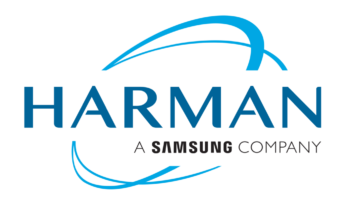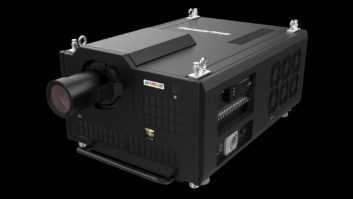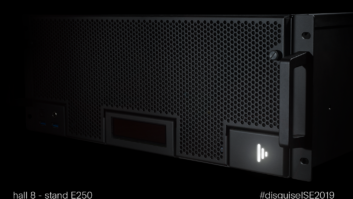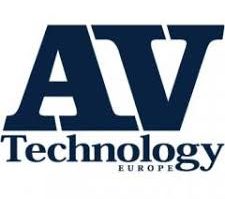Not so much a trade show, perhaps, as an annual pilgrimage – one that the faithful have been making to Amsterdam for a decade or so. They won’t be for much longer, as 2019 will see the penultimate ISE at the RAI, with its new location from 2021 having been announced as the Gran Via, part of the Fira de Barcelona exhibition complex.
Simply: as vast as the RAI might seem, it is no longer big enough to fulfil the ISE organisers’ ambitions for the event. Last year, almost 81,000 visited close to 1,300 exhibitors, setting yet another year-on-year record. That’s huge, compared with the 3,500 who visited the first ISE in Geneva in 2004. In 2009, 25,000 AV professionals came to the show; by 2012, that had risen to 40,000; and 2016 saw 65,000 visitors.
So: what can this year’s visitors look forward to – other than the usual vast array of bright, shiny, new objects to drool over? ISE is, of course, an opportunity taken by many exhibitors to announce their latest and greatest – and much of that will be being demonstrated. (Tip: to stay abreast of those announcements, be sure to pick up a copy of the ISE Daily, which is published every day throughout the show.)
Must-see
What trends, though, will those new products illustrate? If you’re a displays person, the new generations of screens based on LED technology will be a must-see. Few think they’ll replace LCD in its single panel guise – but videowalls will be a different matter. In fact, what will be most interesting is whether any of the companies you may have previously considered to be 100% LCD-centric will announce that they’re complementing their offering with LED-based solutions. The reality is: if they don’t, their videowall business will almost certainly go away. From that point of view: don’t expect to see any LCD display manufacturers announce even slimmer bezels…
For those with an interest in projection, it will be fascinating to see whether the industry has given up on talking about solid state illumination. It’s just not the differentiator it was. Everyone knows what it is and why it’s better: it’s time to move on. But: what will the new points of competitive advantage be? Given that projection image quality and brightness are now everything anyone could want them to be, innovations are likely to be around ease of use, ease of deployment, ease of integration.
The huddle room phenomenon looks unlikely to go away any time soon – so expect to see more solutions offered for the ‘let’s have a meeting right here, right now’ market. Here, the emphasis is likely to be on ‘it just works’, with increasingly simple plug ‘n’ play product offerings.
Holy grail
Digital signage is likely to be a significant user of LED-based displays – but at ISE, the focus is likely to be less on the display, and more on what’s behind it. Built-in players, for sure – but expect to see innovations in technologies that can improve engagement, the holy grail of digital signage users. Digital signage has already become an early adopter of AI, and further developments in that direction look likely.
And speaking of AI: savvy visitors will be keeping a lookout for cool uses of VR and AR. They’ve been much hyped, but the ‘killer app’ still seems to be elusive. It will come. The ISE opening address, to be delivered by Ambarish Mitra, co-founder and CEO of augmented reality technology company Blippar, may give us some clues. He’ll discuss how augmented reality and artificial intelligence are disrupting market sectors served by the pro AV industry, and what future developments are likely to bring.
Those interested in sound rather than vision will be looking to see – or, more likely, hear – the latest developments in two directions: immersive audio and networked audio. In the case of the former: expect to see more implementations, with some clever speaker designs to enable the new paradigm. In the case of the latter: it will be interesting to see the latest developments in AVB, and whether support for the AES67 interoperability standard for IP-based audio is growing.
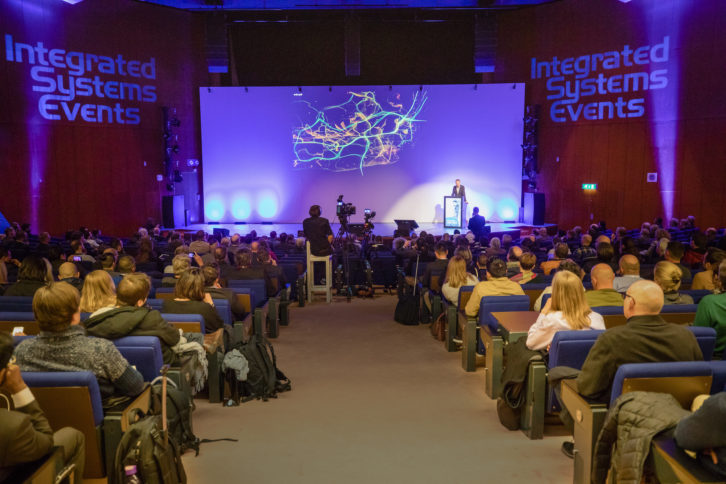
Recent innovation
Away from the showfloor, however there is, as always, much to do and see. A recent innovation – a result, perhaps, of the increasing space constraints imposed by the RAI – are the offsite events hosted at the Okura Hotel, close by the RAI. It will stage a wide-ranging conference programme, including the XR Summit; Digital Signage Summit; Digital Cinema Summit; HTNG (Hospitality Technology Next Generation) Insight Summit; and AttractionsTECH by blooloop, which will explore the latest technologies, solutions and business strategies for the theme park and attractions business.
There’s also the Smart Buildings Conference to look forward to, which takes place the day before ISE opens. It’s a twin track event that explores the latest technologies, business strategies, market research and workflow case studies through presentations from the world’s leading smart building experts and thought leaders.
Education and training have always been key ISE themes, and a reason in their own right to visit the show. As ever, AVIXA and CEDIA will be offering comprehensive programmes. No less comprehensive are the Special Interest Groups that have become a feature of ISE over the years. They provide an opportunity for exhibitors to meet leading groups of end users, with some offering a specially-curated ISE experience.
ISE 2019 also sees the return of the popular Future AV Professionals Programme, which provides young people thinking about possible careers with the best possible opportunity to find out what the AV industry is all about.
Huge value
There is, of course, a risk in ISE’s plan to relocate. Amsterdam is a popular location, not only because it is an attractive destination in its own right, but because of its easy accessibility from most of Europe – and, in fact, from the rest of the world, from which increasing numbers of ISE visitors come. Barcelona is no less attractive as a destination – but perhaps less accessible. (Schiphol handles 68 million passengers/year, and is the world’s 11th busiest airport; Barcelona’s El Prat handled 47 million in 2017, and is ranked 28th.) There must also be huge value to ISE in the relationship it has built with the RAI over the past 10 years: the two organisations know each other very well by now – an invaluable asset in putting together the logistics of such an enormous undertaking.
On the other hand: Barcelona is likely to be warmer: its average low temperature in February is higher than Amsterdam’s average high…
But: thus far, ISE’s organisers have not made a mis-step, which now enables them to proudly proclaim ISE to be the biggest audiovisual show in the world – and the move to Gran Via will give them the room to grow still further, with access to almost twice as much floorspace (200,000sqm) as the RAI could offer. That ISE has achieved that position of pre-eminence is in no small way due to how its organisers have gone beyond simply refining a tried and trusted formula by continuously keeping it fresh, reinventing it to reflect the changing reality of the AV world. 2019 promises to be more of the same. You can bet, though, that Mike Blackman – managing director of Integrated Systems Events – and his team will be looking for even more of us to make that pilgrimage.

